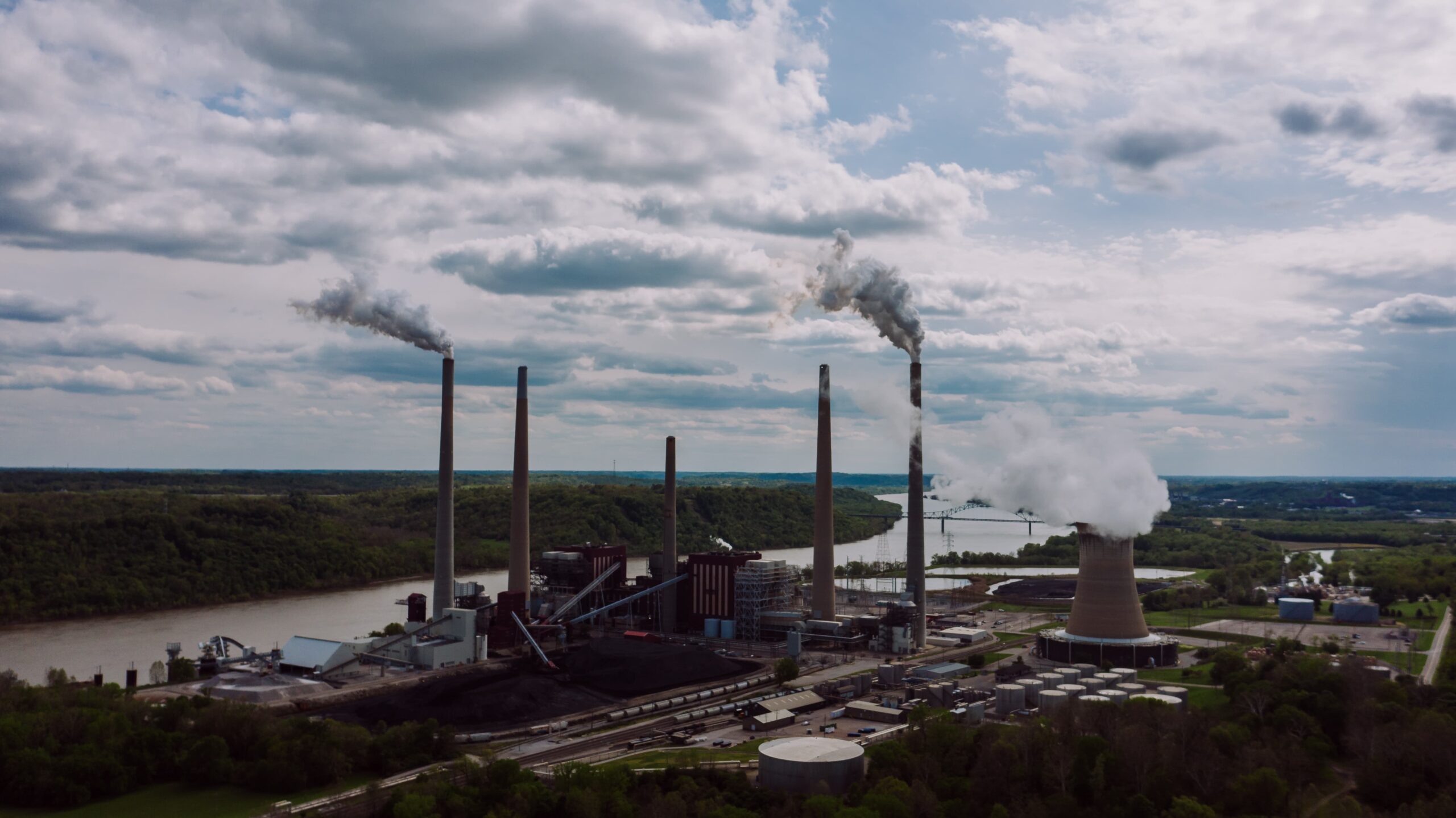What is a Hazardous Area Inspection?
Confused about whether you need a Hazardous Area Inspection? Let's take a look...
9th June 2023

Locations with an increased risk of explosion or fire due to flammable gases, vapours, dust or fibres are known as Hazardous Areas. Due to their risky nature, they require stringent safety measures and regular inspections to ensure their safety and functionality.
If you’re still not too sure what that entails, don’t panic – that’s what we’re here for.
Let’s dive into exactly what a Hazardous Area Inspection is and what they entail…
Designated ‘Hazardous Areas’ are, as explained above, areas that pose an increased risk of explosion or fire. This is due to the presence of flammable gases, vapours, dust or fibres.
Examples of Hazardous Areas include:
The primary purpose of a hazardous area inspection is to ensure safety in these risky environments. These inspections are designed to assess whether electrical installations in potentially explosive atmospheres are designed, installed and maintained according to relevant safety standards and regulations.
The goal is to minimise the risk of an explosion by identifying and addressing any potential ignition sources in these environments.
The answer to this question will vary depending on your circumstances. It is worth noting that there are two main types of Hazardous Area Inspections, Initial Hazardous Area Inspections and Periodic Hazardous Area Inspections.
Initial Hazardous Area Inspections = These are, as the name suggests, the initial and thorough inspection of a location deemed at risk of explosion or fire due to flammable substances. This inspection should determine and identify the main risks associated with the area, assessing the severity and classifying zones for appropriate safety measures.
Periodic Hazardous Area Inspections = These constitute ongoing inspections conducted in spaces that present potential explosion or fire hazards. These assessments aim to uncover any newly emerged dangers since the last conducted inspection. For the sake of safety, it’s essential that no more than three years pass between these periodic assessments.
Yes. In the UK, Hazardous Area Inspections are a legal requirement to protect the safety of workers and the public in environments where there is a risk of an explosion. Employers are mandated to carry out these inspections to ensure that electrical sources and other ignition sources do not pose a risk of triggering an explosion. This is covered by the Dangerous Substances and Explosive Atmospheres Regulations 2002 (DSEAR).
The hazardous area inspection process is a systematic and thorough examination of electrical equipment and systems. This process generally involves several key stages:
Visual Inspection: Inspectors first visually check the equipment to spot any immediate signs of wear and tear or damage that could pose a risk.
Close Inspection: This involves a more detailed examination, often requiring the partial dismantling of equipment to check internal components.
Detailed Inspection: This stage may involve the complete dismantling of equipment to thoroughly inspect all parts, including hidden or inaccessible areas.
At each stage, we’ll assess whether the equipment complies with the relevant safety standards and that it’s suitable for use in the specific type of hazardous environment where it’s installed.
When it comes to hazardous area inspections, it’s vital to engage the right experts who understand the requirements and nuances involved. Here at Citi Group, our experienced and highly qualified team of CompEx engineers has been successfully conducting Hazardous Area Inspections and implementing bespoke inspection strategies for over 25 years.
We know that not everyone has the time and expertise to understand the hazards and risks associated with flammable substances – which is why we’re on hand to help.
For more information regarding what we do or how we can help you, drop us a message here or ring us on 01924 235 057.